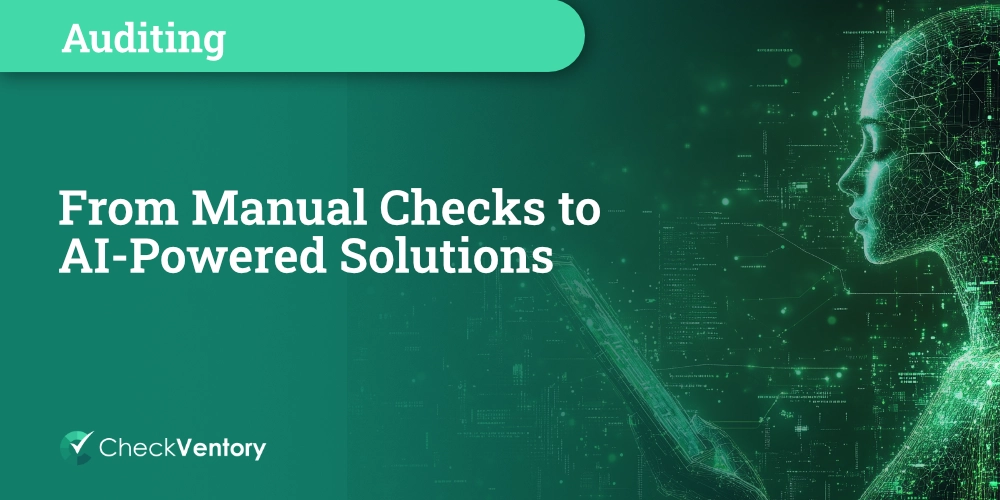
The Evolution of Inventory Auditing: From Manual Checks to AI-Powered Solutions
Do you remember the days when inventory auditing meant clipboards, endless spreadsheets, and long hours trudging through dealership forecourts? For many of us in the world of wholesale vehicle finance, those memories are all too vivid – and perhaps tinged with a bit of nostalgia. (After all, who doesn’t miss the occasional game of “find the VIN number” in a sea of gleaming bonnets?)
The Clipboard Era: A Test of Patience and Penmanship

It’s the 1980s. The air is thick with the scent of leaded petrol and … is that a hint of carbon paper? Armed with nothing but a clipboard, a pen, and a steely determination, auditors would embark on their mission to account for every vehicle on the lot.
This was a time when ‘real-time data’ meant whatever you could jot down before your hand cramped. Accuracy depended on sharp eyes and even sharper attention to detail. And let’s not forget the joy of deciphering hastily scribbled notes back at the office. (is that a ‘3’ or an ‘8’?)
But for all its quirks and challenges, this era had its charms. There was an undeniable satisfaction in ticking off each item, a tangible sense of progress as you moved through the rows of cars. And it certainly kept you fit – who needs a step counter when you’re doing laps of a dealership forecourt?
The Digital Dawn: Spreadsheets and Databases

As we moved into the 1990s and early 2000s, the digital revolution began to transform inventory auditing. Clipboards gave way to laptops, and those meticulously handwritten lists evolved into spreadsheets and databases.
This shift brought with it a new set of possibilities – and challenges. On the one hand, digital records were easier to update, share, and analyse. No more squinting at smudged handwriting or battling with overflowing filing cabinets. But on the other hand, we traded paper cuts for carpal tunnel and eye strain. (And who among us hasn’t felt the cold sweat of realising you’ve just accidentally deleted an entire column of data?)
The Mobile Revolution: Auditing on the Go

As we entered the new millennium, mobile technology began to reshape the auditing landscape once again. Smartphones and tablets allowed auditors to input data directly on the spot.
This era brought us real-time updates, cloud storage, and the ability to snap photos of vehicles or documents for instant upload. It was a game-changer, to be sure. But it also introduced new challenges.
The AI Revolution: Welcome to the Future

And now, AI and machine learning are further refining the way we approach inventory auditing, bringing greater levels of validation and data processing.
AI-powered solutions can process vast amounts of data in seconds, identify patterns and anomalies that human eyes might miss, and even predict future inventory needs. They’re not just recording what’s there; they’re helping us understand what it means and what we should do about it.
But perhaps the most exciting aspect of this new era is how it’s freeing up human auditors to focus on what they do best – using their experience, intuition, and judgment to make strategic decisions. The AI handles the number-crunching, leaving us to tackle the bigger questions.
Looking Ahead: The Road Not Yet Travelled
As we look to the future, one thing is clear: the evolution of inventory auditing is far from over. Technology will continue to evolve and take us into new and exciting territories.
But amidst all this change, some things remain constant. The fundamental goals of inventory auditing – accuracy, efficiency, and insight – are as relevant today as they were in the clipboard era. The tools may have changed, but the mission remains the same.
Curious about how AI-powered solutions like CheckVentory are shaping the future of inventory auditing? Book a demo today and see the evolution in action!
